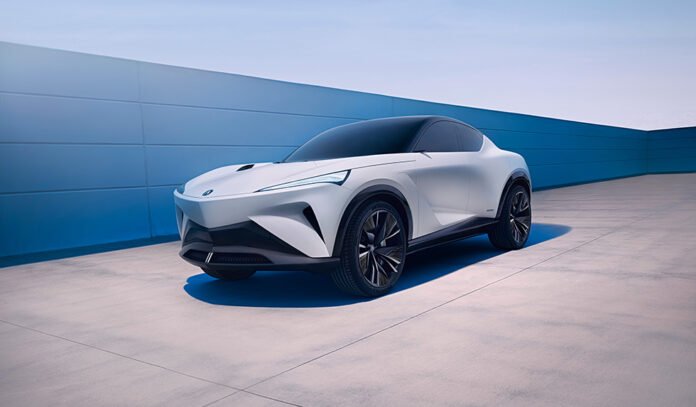Short : India is accelerating its shift to electric vehicles through a mix of government incentives, expanding EV infrastructure, and significant industry investments. These efforts aim to cut emissions, reduce fossil fuel dependency, and promote sustainable transportation.
Detail : Last month, the Centre announced the Prime Minister Electric Drive Revolution in Innovative Vehicle Enhancement (PM E-DRIVE) scheme, putting an end to speculation about the future of the Faster Adoption and Manufacturing of (Hybrid &) Electric Vehicles (FAME) scheme.
Electric vehicles (EVs) play a crucial role in combating the climate crisis and promoting sustainable development. However, for a city like Delhi, which has long struggled with deteriorating air quality, the significance of EVs goes beyond climate action. Transport emissions are one of the largest contributors to the city’s pollution. A recent study by the International Council on Clean Transportation highlighted that real-world emissions from vehicles in Delhi exceed laboratory limits. This is particularly concerning in a metropolis where vehicular pollution contributes heavily to particulate matter emissions, leading to adverse health impacts.
With PM E-DRIVE, the government has ushered in a new era of electrification that expands the scope of vehicle categories and strengthens existing policies. Here are the three key takeaways from the scheme.
Initiating new segments: One of the most transformative elements of the PM E-DRIVE scheme is its focus on electrifying new vehicle segments such as e-ambulances and e-trucks. Among these, the electrification of trucks holds immense importance. While trucks constitute just 3% of India’s total vehicular fleet, they are responsible for a staggering 44% of CO2 emissions from the road transport sector. In a city like Delhi, for instance, trucks account for nearly 46% of the particulate matter emissions linked to transport. The introduction of electric trucks could address both climate concerns and urban air pollution. However, the transition to e-trucks poses significant challenges, particularly in terms of high upfront costs. The government’s allocation of ₹500 crore ($60 million) for pilot projects and dedicated funds for developing charging networks is a welcome step in this direction. These pilot programmes will act as proof-of-concept initiatives, demonstrating the viability of e-trucks in Indian conditions. By tackling the initial roadblocks, this allocation will help lay the foundation for large-scale adoption.
Scaling up charging infrastructure: One of the key barriers to widespread EV adoption in India has been the lack of charging infrastructure. Although the country currently has 12,146 public EV charging stations, this number is insufficient when considering the scale of India’s population and the rapid growth in EV sales. A recent report revealed that India’s current ratio of public chargers to EVs is 1:135, far below the global ideal ratio of six to 20 EVs per public charger. To address this issue, the PM E-DRIVE scheme has earmarked ₹2,000 crore ($241 million) for the development of public charging stations, which will serve both light- and heavy-duty vehicles. Scaling up charging stations is essential not only to meet the needs of individual EV owners but also to support the electrification of public transport and commercial fleets, which will significantly reduce urban emissions.
Mainstreaming mass mobility: PM E-DRIVE places a strong emphasis on electrifying public and mass mobility vehicles. The largest allocation of ₹4,391 crore ($529 million) is dedicated to e-buses, while ₹2,729 crore ($329 million) is allocated for two-wheelers (e-2Ws), three-wheelers (e-3Ws), and other emerging EVs. This focus on public transportation is crucial, as buses form the backbone of urban mobility, especially for the millions of daily commuters in Indian cities.
India’s current fleet of around 30,000 buses is grossly inadequate to serve its urban population of over 471 million people. According to the ministry of housing and urban affairs, cities need 60 buses per 100,000 residents to meet public transport demand. However, India currently operates less than one-fifth of the required number of buses. Thus, a significant investment in e-buses will help bridge this gap, providing cleaner and more efficient transportation options in cities.
Moreover, the allocation for two- and three-wheelers is equally significant. Two-wheelers account for nearly 75% of India’s motor vehicle sales, and India is the world’s largest manufacturer of two-wheelers. Electrifying this segment is not only vital for reducing emissions but also for securing India’s position as a leader in the global EV market. From a mobility perspective, affordable and widely available electric two-wheelers can transform the way people travel, especially in congested urban areas.
Demand incentives play a pivotal role in accelerating the adoption of EVs, especially given the high upfront costs compared to traditional internal combustion engine vehicles. The PM E-DRIVE scheme’s focus on providing financial support to both private and commercial EVs is crucial for closing the cost gap. However, to truly scale up EV adoption, demand incentives must be complemented by supply-side policies. The Bureau of Energy Efficiency is currently finalising fuel economy standards, which, when integrated with PM E-DRIVE, could further boost India’s transition to electric mobility.





